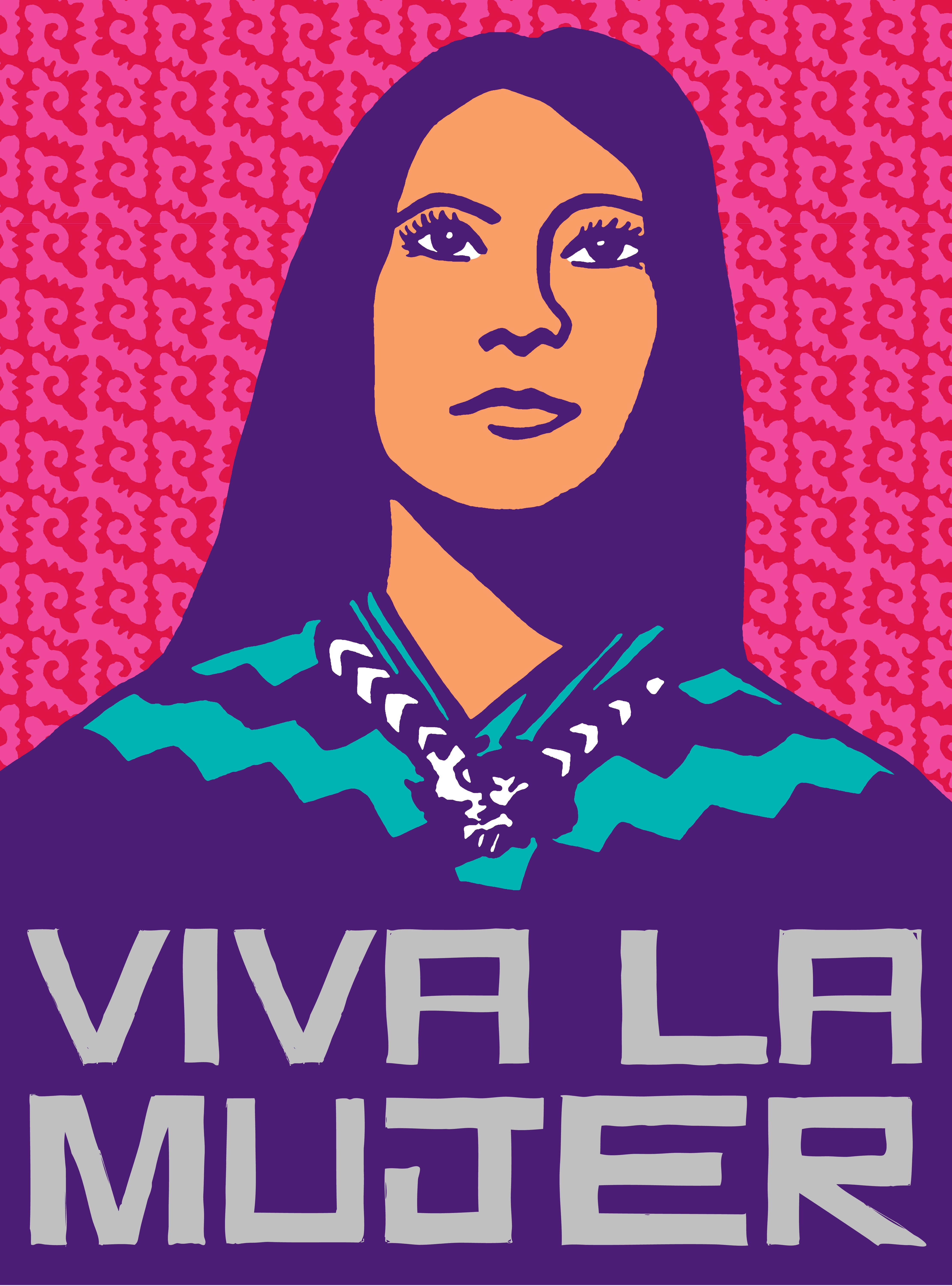“Ayyy, I already told you, your name is too long! We don’t go by two names here and we don’t go by two last names. Pick a name. Maria or Edith. And as far as last names, you are Espinosa. We don’t use your mother’s last name. So what’s it going to be?”
When we put out the call for articles for Rethinking Bilingual Education, we received several personal stories from teachers who themselves felt the effects of linguistic discrimination when they were students. Edith Treviño was one of those teachers and wrote a short narrative for the book that underscores a complex reality for many children in our schools.
Treviño wrote about how, when she was in 5th grade, her teacher told her that her name wasn’t “American” enough, insisted she could only go by one last name, and forced her to choose — in front of her classmates — whether she wanted to be called Maria or Edith.
The message was clear. Her identity, her Mexican heritage, her mother’s last name: None of these were welcome in a classroom in the United States.

As teachers, it benefits us all to think about whether we treat our students’ names with respect and dignity, particularly the names of our immigrant students and students of color.
Do we ask how to pronounce an unfamiliar name, or do we Anglicize it? Do we insist on giving students nicknames that sound “American,” like Maria Edith’s teacher did when she called her “Edie”? Or do we defer to families and seek to learn about their naming practices?
As Treviño explains, these decisions can permanently shape how a child sees themselves and what they call themselves, long after they leave our classrooms.
— Grace Cornell Gonzales, Editor, Rethinking Schools
***
The Death of My Mexican Name
By Edith Treviño
My name was Maria Edith Espinosa Yepez. A beautiful name. Maria Edith is two names in one, and that is how I would write my name on all of my school papers as a young immigrant student in the United States. I would curve my M, and my Y took a very fancy shape as my handwriting improved throughout the years. I was always proud of the last name Yepez because no one had ever heard of it.
One day, my 5th-grade teacher Mrs. Sauceda called me over to her desk. As I approached, her voice turned preachy: “Ayyy, I already told you, your name is too long! We don’t go by two names here and we don’t go by two last names. Pick a name. Maria or Edith. And as far as last names, you are Espinosa. We don’t use your mother’s last name. So what’s it going to be?”
I was a shy student and extremely embarrassed that my teacher was confronting me about this issue again. Mrs. Sauceda always spoke in a hurried pace. I felt rushed to reply. All of my classmates were looking at me. I hated that moment and wished the tierra would swallow me whole. Looking at the floor, I finally whispered, “Edith.”
“OK, then in the United States, you are Edith Espinosa. Learn it. And no more Yepez!” Mrs. Sauceda concluded.
When my teacher changed my name, my life was altered in one instant. I remember walking back to my desk feeling ashamed of my beautiful name. There I was with my Mexican braids, my history being buried in the ground. My name was all I had left of my sense of home, mi identidad perdida.

After that I never wrote Maria or Yepez again in any school setting. In fact, that same day, my teacher nicknamed me “Edie.” To make me feel better, I assume, she took a multicolored map pencil and wrote the name “Edie” on a piece of college-ruled paper and gave it to me. The name had different colors like a rainbow. There was my new identity, written on college-ruled paper, the Mexican girl now “Americanized.”
But I sure did not feel Americanized. After that day, I was ashamed of my real name in the United States. Yet when I crossed over to Mexico, I was Maria Edith again, and I felt like I was home.
Even today, I don’t like to be called Edith. And I don’t like to be called Maria. I want my complete name back. I want to be Maria Edith again, no matter where I am.
Edith Treviño is a former bilingual teacher and now works as a digital learning specialist for Los Fresnos Consolidated Independent School District in South Texas.
The cover art for Rethinking Bilingual Education is by Ricardo Levins Morales and the Viva La Mujer piece was done by Melanie Cervantes.
This article appears in Rethinking Bilingual Education, a new book from Rethinking Schools. Use the code RBEPS17B for 25% off!
You can purchase the book here: https://www.rethinkingschools.org/books/title/rethinking-bilingual-education
To join the conversation around language, linguistic discrimination, and bilingual education, follow Rethinking Bilingual Education on Facebook.
